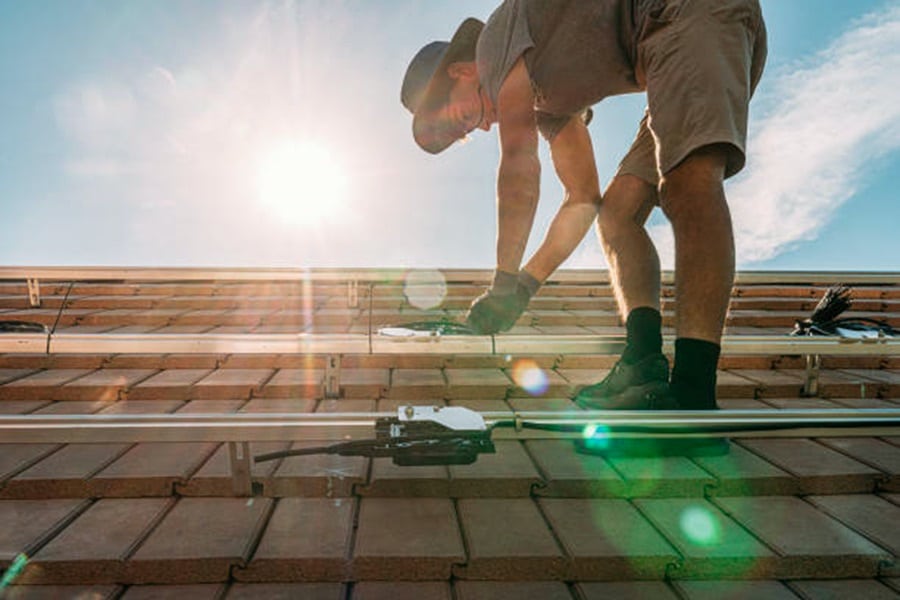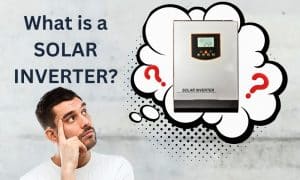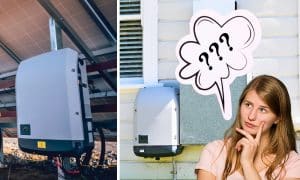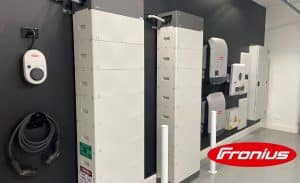Your solar inverter’s location is a crucial factor that directly influences the effectiveness of your solar power system. The inverter is like the backbone of your solar setup – it converts the direct current (DC) from your solar panels into alternating current (AC), the type of electricity your home can use.
However, this process can also make the inverter susceptible to overheating, especially under Australia’s intense climate conditions, which include high temperatures and direct sunlight. Overheating can reduce the efficiency not only of your inverter but of your entire solar power system as well.
In this article, we’ll discuss the best practices for solar inverter placement in residential settings to ensure that the unit performs at its best and reaches its maximum expected lifespan.
Key considerations for solar inverter placement
Before exploring the best possible locations for your solar inverter, let us first discuss the key factors you need to consider when choosing where to install the inverter in your home:
Protection from sunlight
Ensure your solar inverter is placed in an area shielded from direct sunlight to keep it from overheating, optimising the unit’s efficiency and lifespan. Prioritise a shaded, cooler location for the inverter over placing it close to the meter, even if it means choosing a slightly farther spot.
Accessibility
Place your inverter where it can be easily accessed, so you can monitor and maintain it conveniently.
Airflow
Select a location with good natural ventilation to help cool your inverter during operation and avoid overheating.
Wire thickness
If the ideal location for your solar inverter is far from the meter, which means you’ll need a longer wire, make sure to use a thicker one to minimise voltage drop and maintain the efficiency of your solar power system.
Security
Install your inverter in a secure spot to deter theft, possibly behind a locked gate or within a fenced area.
Warranty compliance
To maintain your solar inverter’s warranty, install it according to the manufacturer’s requirements regarding location, ventilation, and environmental conditions.
Embrace the energy efficiency revolution by upgrading your solar systems and adding a battery or solar inverters with Energy Matters.
With our 3 free solar quotes, you can compare plans from pre-qualified and vetted installers in your area and find the perfect solution for your home and business. Harness the sun’s power and save money on electricity bills while reducing environmental impact. Let Energy Matters guide you towards a brighter, more sustainable future.
Top 5 best locations for solar inverter installation
Depending on your needs and your home’s arrangement, you may have different options for where to best place your inverter, whether inside or outside your house. Below are our top five suggestions:
On a wall outside the house
Installing your solar inverter on an external wall of your home can be a wise decision, especially if your property lacks an attic or garage. This will make the inverter easily accessible for both monitoring and maintenance. However, make sure to protect the unit from direct exposure to sunlight and rain. You can consider adding a shade or shelter over the inverter to shield it from the elements. In addition, it’s important to keep an eye on the temperature around the inverter. You can use a thermometer to monitor the area’s temperature and consider having a cooling system if necessary.
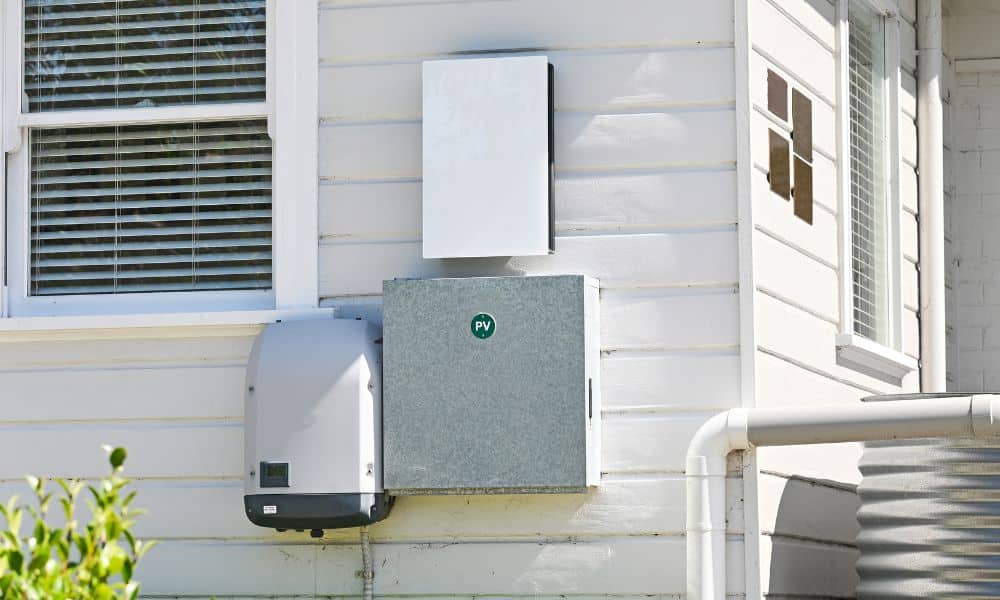
In a carport
Installing your solar inverter in a carport is highly advantageous, as this location offers protection from weather elements. Usually, this area is also close to the main electrical service panel, making the wiring installation more convenient. However, make sure there’s adequate ventilation to keep the unit from overheating. To monitor conditions effectively and maintain optimal operation temperatures, consider installing a thermometer near the inverter and discussing cooling solutions with your installer if necessary.
In a freestanding utility cabinet
If you have a large house, you can install your solar inverter in a high-quality, freestanding utility cabinet. This will not only allow easy access to the inverter but also provide essential protection for it from the outside elements. However, make sure that it is properly sealed to prevent moisture damage, and that it is well-ventilated to avoid overheating issues.
In a utility room
A utility room makes an excellent choice for installing your solar inverter because it is generally situated near the home’s main electrical service panel, simplifying the installation process. Moreover, the environment of a utility room, such as a laundry room, is generally well-ventilated, which can help prevent the inverter from overheating. To maximise the effectiveness and safety of your inverter’s installation, make sure air can circulate well in the room through openings, vents, or ventilation fans.
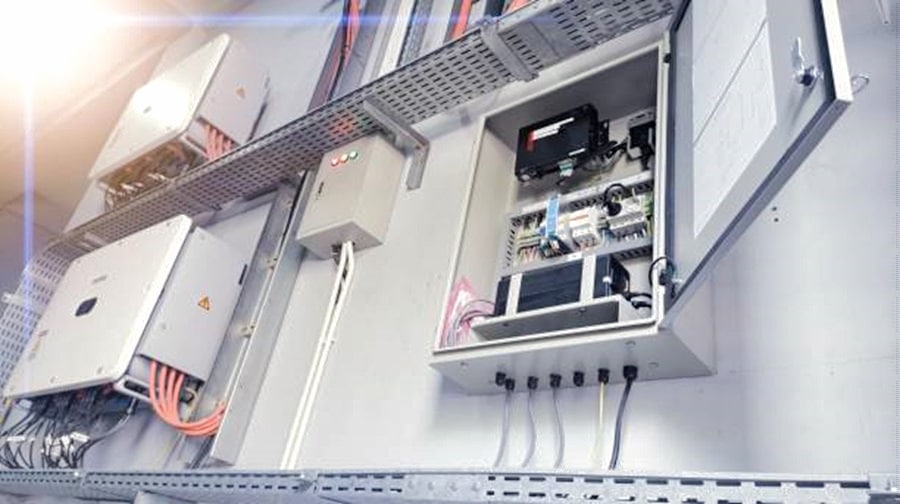
Conclusion
When installing your solar inverter at home, it is crucial to strike a balance between accessibility, ventilation, and protection from the harsh Australian elements. By doing so, you can keep everything running smoothly and enjoy the benefits of your solar power system for a long time.
If you need further advice and assistance with choosing the best location to install your solar inverter, our experts at Energy Matters are here to help. Contact us today.
Find out how much you can expect to pay for solar
Ready to find out more? Get FREE quotes for solar, batteries + more
*Prices quoted are to be used as a guide only and do not factor in state and other rebates and incentives. Includes STC discount.









